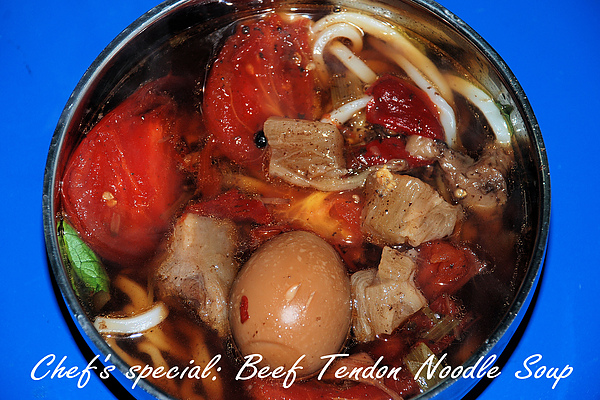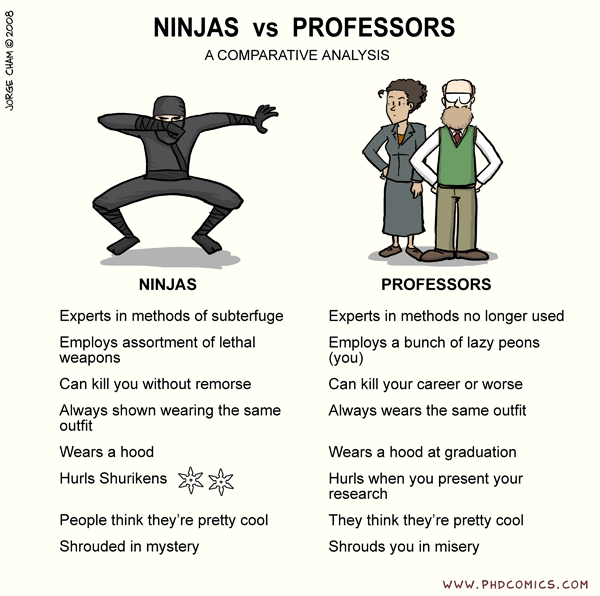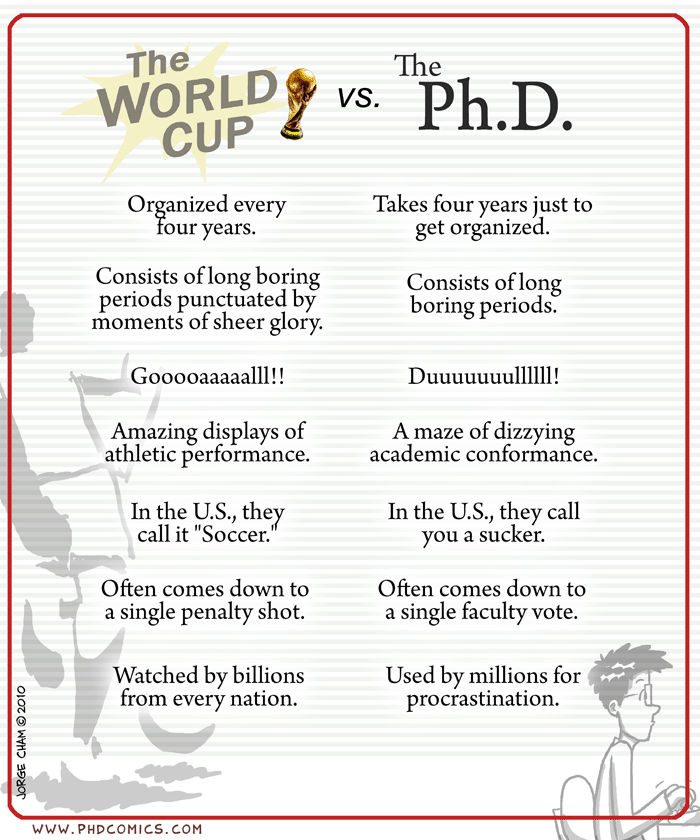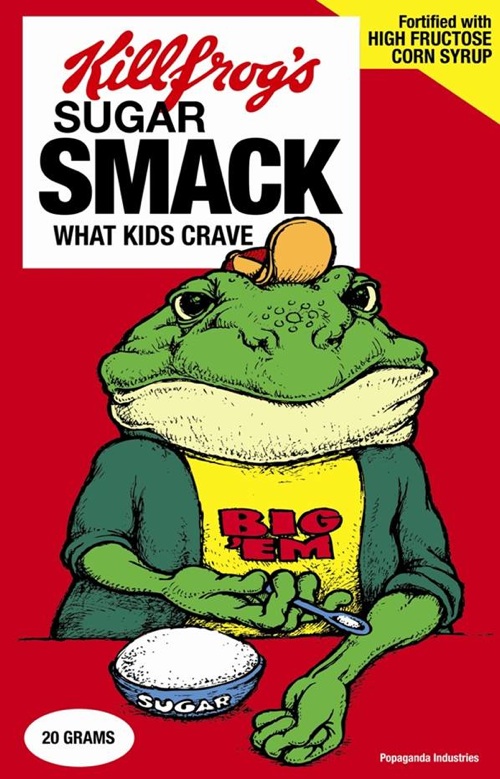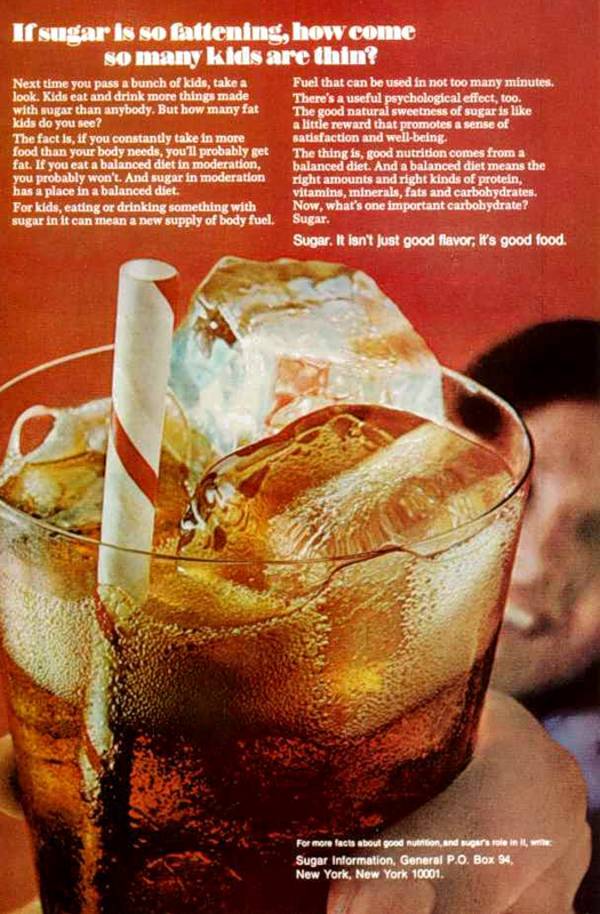 I don't shy from exotic food - in fact it is one reason I love traveling. A blog post on BoingBoing.net reminded me that one of the fruits I grew accustomed to in my 5 + years living in S.E. Asia freaks people out. Maybe 1/2 the people in Taiwan like Durian though many have never tasted it. If you try it, you'll love it or hate it.
I don't shy from exotic food - in fact it is one reason I love traveling. A blog post on BoingBoing.net reminded me that one of the fruits I grew accustomed to in my 5 + years living in S.E. Asia freaks people out. Maybe 1/2 the people in Taiwan like Durian though many have never tasted it. If you try it, you'll love it or hate it.
It assaults the senses. The stench is legendary. It looks like a medieval weapon until you crack it open, and then it looks like some alien in its larva stage. People generally describe the texture as creamy and rich - but it's... the experience of eating Durian defies polite analogy. BoingBoing shares
19th century British naturalist Alfred Russell Wallace described the taste of durian as "a rich custard highly flavoured with almonds, but there are occasional wafts of flavour that call to mind cream cheese, onion sauce, sherry wine and other incongruous dishes."One of the comments describes the experience in more visceral terms, in an expression common in S.E. Asia, "It's like sitting on the toilet whilst eating your favorite ice cream." You've got to read the comments. They are inventive and have the ring of truth. Even smelling it alone is unforgettable.
Which is funny. Long before I heard that expression I shared with my Taiwanese friends the theory that no-one falls in love with Durian the first time they eat it, but the smell comes through so clearly when it passes through you - and since, to quote Fat Bstrd from Austin Powers, "everyone likes their own brand" after you've eaten and passed it, when you smell Durian it will remind you of your own earthy odors - in the most positive way possible, and Durian appeal to you in a way it couldn't the first time you tried it.
Which explains why many people never try it. It's a questionable taste to develop since the fruit has more calories than ice cream and may be more unhealthy. Most hotels ban the fruit. I have a buddy who ignored the message in Singapore and left a Durian in his room while he went back out shopping. In Asia they do a very sensible thing and cut power to your room when you're out (if the room key isn't proximal to the room no power). Equatorial climate being as hot as Kansas in August, and heat having a liberating effect on the fragrance .... the whole hotel reeked when he got back - which made him amazingly unpopular.

